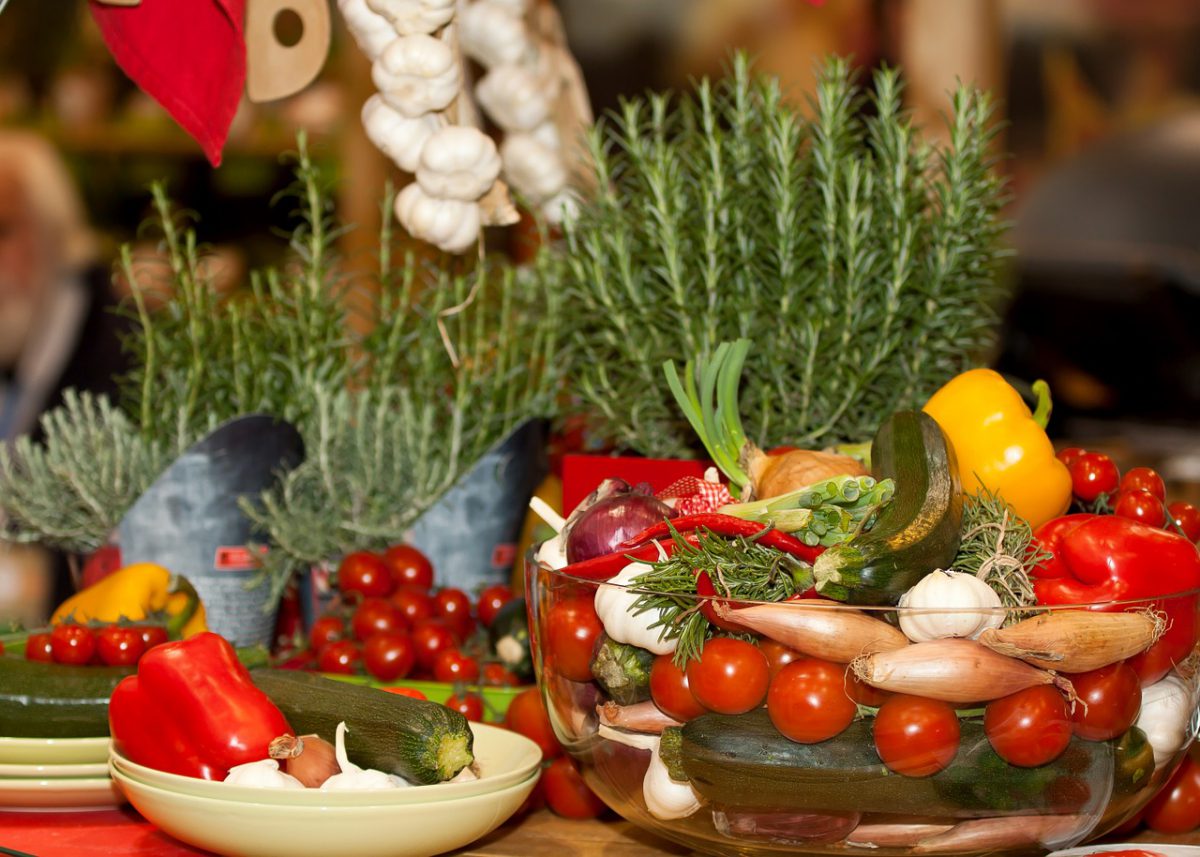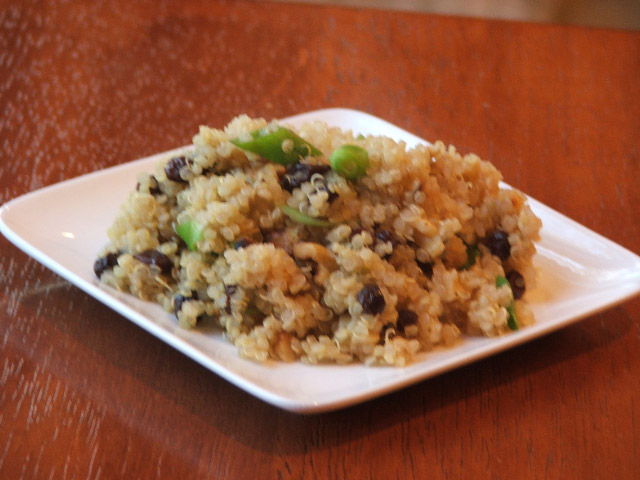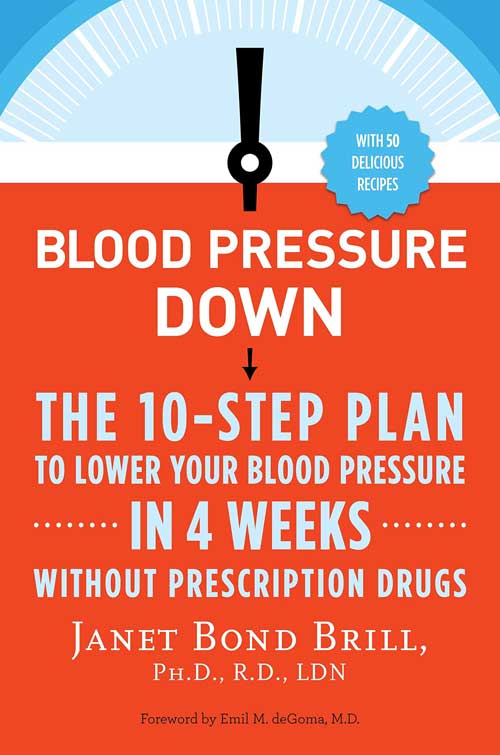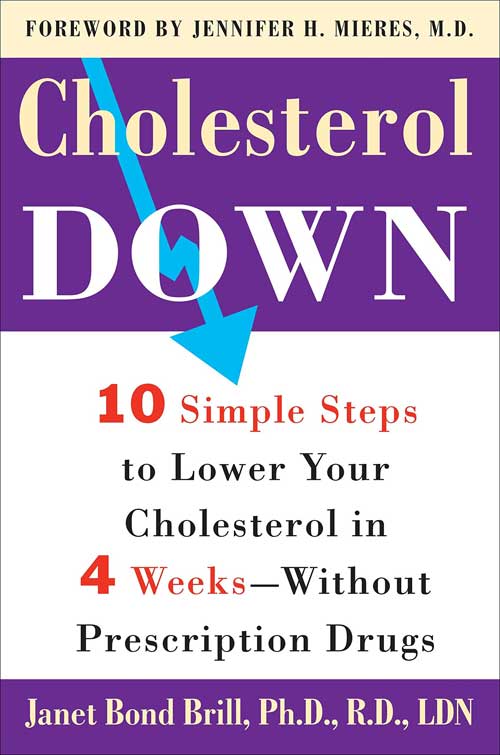By amanda

It’s only too easy not to exercise as much as you know you should. There are so many things to get done in a day that it’s often hard to fit in some healthy physical activity.
But, at some point, you may decide to be proactive about healthy aging, coming to the realization that bad health habits will quicken the rate your telomeres begin to shrink. Attached to the end of our chromosomes like the bindings at the end of shoestrings, your telomeres determine the rate at which you age. The faster they shrink, the more you show noticeable signs of aging.
Some ways to reduce your biological rate of aging include getting enough sleep, eating a healthy diet, reducing stress, and, of course, getting enough exercise.
When it comes to exercise, you may only focus on a few benefits, like how to exercise in a way that improves cardiovascular health, builds muscle, and burns fat. But it’s important to pause to think about what you also need to do to also keep your bones and joints healthy.
When you don’t take care of your joints and bones, you risk all sorts of medical problems. For instance, if you have a degenerative joint disease that affects the shoulder joint, you may need shoulder replacement surgery. While this type of surgery has been proven to be extremely successful, why not obviate the need to have it in the first place?
One excellent way to take care of your bones and joints is through exercise-but you have to exercise in the right way, otherwise, exercise will make your health worse, not better.
How to Exercise
When you build muscle and burn fat, you reduce the strain on your joints. Exercise helps you protect your joints. For instance, when you do squats, you build your quadriceps, and this reduces the pressure on your knees from the subtle impact of gravity on your body.
Exercise also strengthens your bones, because when you exercise, you maintain bone density. If you walk every day, you are doing far more than improving your cardiovascular system and strengthening your legs. You are also stimulating bone density.
For bone health, exercise in a moderate way and practice a wide variety of exercises. While you may find some forms of exercises exciting and others boring–say, preferring kickboxing over yoga–you need variety, interweaving slow-paced, relaxing exercises with more exciting, high-intensity exercises.
How Not to Exercise
Despite all the benefits of exercise on healthy bones and joints, you must exercise in a way that helps them rather than ways that cause damage.
Here are three ways that you should not exercise from the perspective of joint and bone health:
- Relentlessly pursuing high-intensity exercises. Running, squatting with heavy weights, or other types of high-intensity exercises can lead to inflammation. If this warning sign is ignored, it can lead to increased pain over time. If you continue to exercise for a long time despite the pain, you risk getting arthritis.
- Skipping warm up prior to exercise. Before exercising, you need to warm up the body. Stretching allows tendons to become much more flexible and supple. Loosen up tight muscles and improve blood circulation before you exercise.
- Failing to give yourself enough time to recover between workouts. When you set up your exercise routine, you plan to be consistent. But it may be necessary to take a day or two off if you have not fully recovered from your previous workout. If you jump into your next exercise routine before you’ve fully recovered from your previous workout, you are not giving your ligaments, tendons, and muscles, the time they need to repair. Instead of exercise making you stronger and healthier, it is having just the opposite effect. The idea of “toughing it out” or “working out the pain and stiffness” are common mistakes made by people with strong wills.
In conclusion, exercise is good for you, and if you follow these tips on how to exercise and how not to exercise, you’ll take optimum care of muscle, ligament, joint, and bone health.











